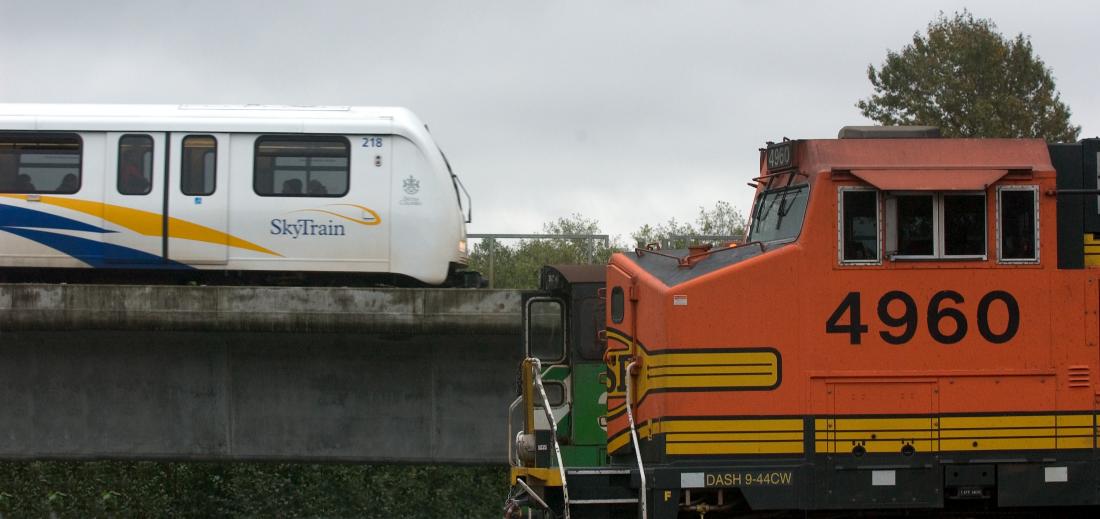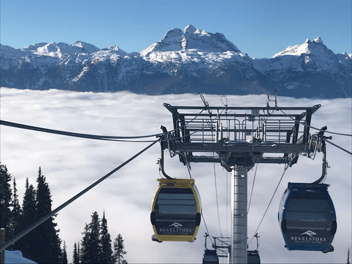Q: What are the common non-compliances found in annual audits?
During Technical Safety BC annual rail audits, safety officers measure railways on eight assessment topics. These eight annual assessment topics (requirements) are:
- Annual safety management system (SMS) audit
- Rail crew proficiency testing
- Rail crew training certification records (CROR, TDG, SWPs)
- Rail accident/incident review
- Any railway related risk assessment(s)
- Pre-trip and periodic mechanical inspections
- Track inspection records
- Railway medicals.
Recently, our railway safety officers have noticed a few areas where railways are most commonly receiving non-compliances. Here we outline each area, and what is expected:
Rail Crew Proficiency Testing
Proficiency testing (job observations) must be completed yearly for each qualified Canadian Railway Operating Rules (CROR) employee performing rail related duties. The job observation has to be conducted by another CROR qualified employee, and the test must involve a railway related activity. Job observations cannot involve general work safe procedures not associated with rail activity. In addition, the proficiency test must be documented and supplied as part of the annual audit.
Track Inspection Records (Including Turnouts)
Railways must perform and document “Monthly Track Inspections”, and supply this record of documentation to the safety officer each annual audit. For railways with turnouts, railways must also conduct monthly and detailed annual turnout inspections and supply a separate document as a record of this inspection. All of these inspections must be performed by a qualified track inspector.
Pre-Trip and Periodic Mechanical Inspections
All railways that utilize any type of rail car moving equipment must perform a daily pre-trip safety inspection and document the inspection.
In addition to daily pre-trip inspections, all railways must also perform periodic safety mechanical inspections, and provide applicable documentation to support what was performed at each of these periodic safety inspections. As a reminder, the periodic safety inspections are the major interval maintenance performed, and usually involve a scheduled manufacture guideline, or a scheduled maintenance program done in-house by mechanics. As an example, these may be done on a time interval, or hourly interval, i.e., every 90 days, 250 hours, 500 hours, etc.
If you have any questions, or if you’d like to submit a ‘Ask a railway safety officer?’ question, please email railway@technicalsafetybc.ca.




